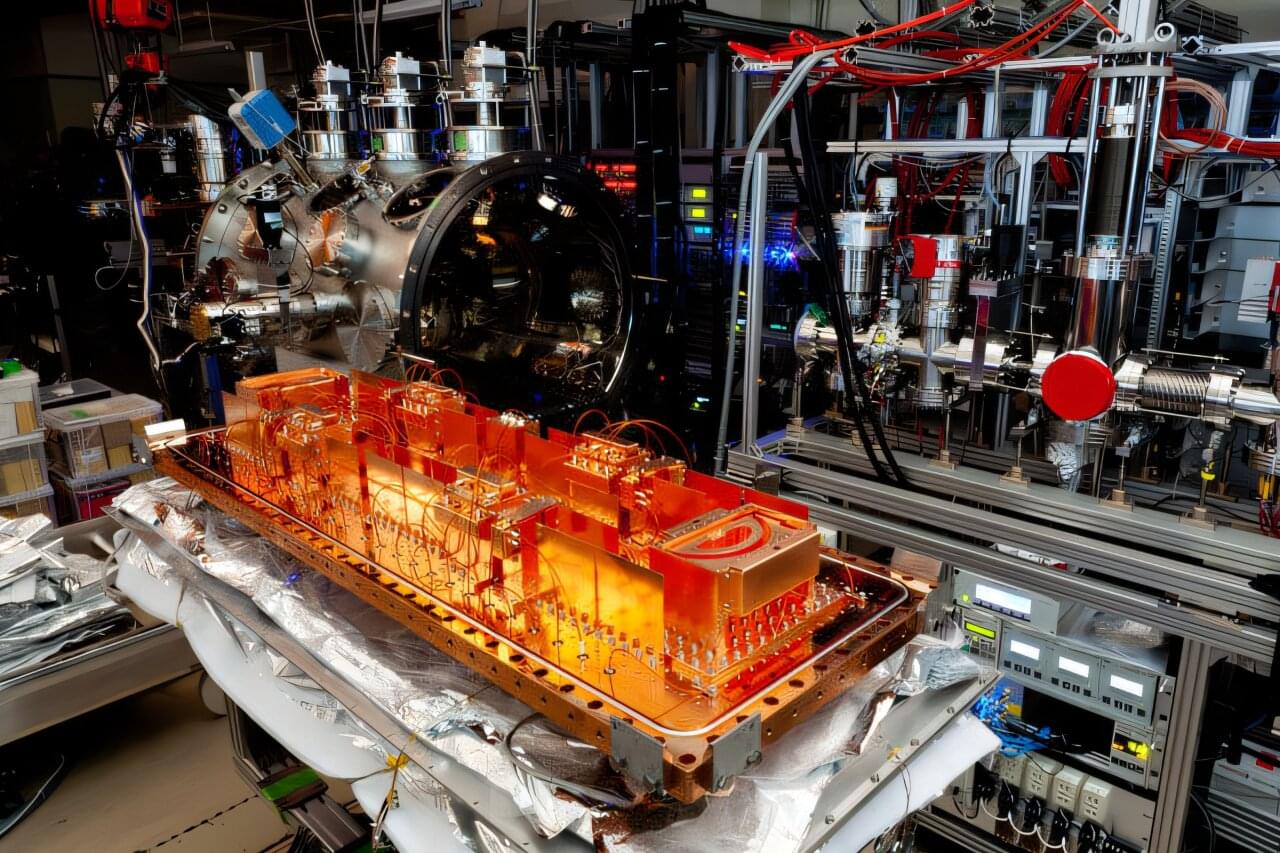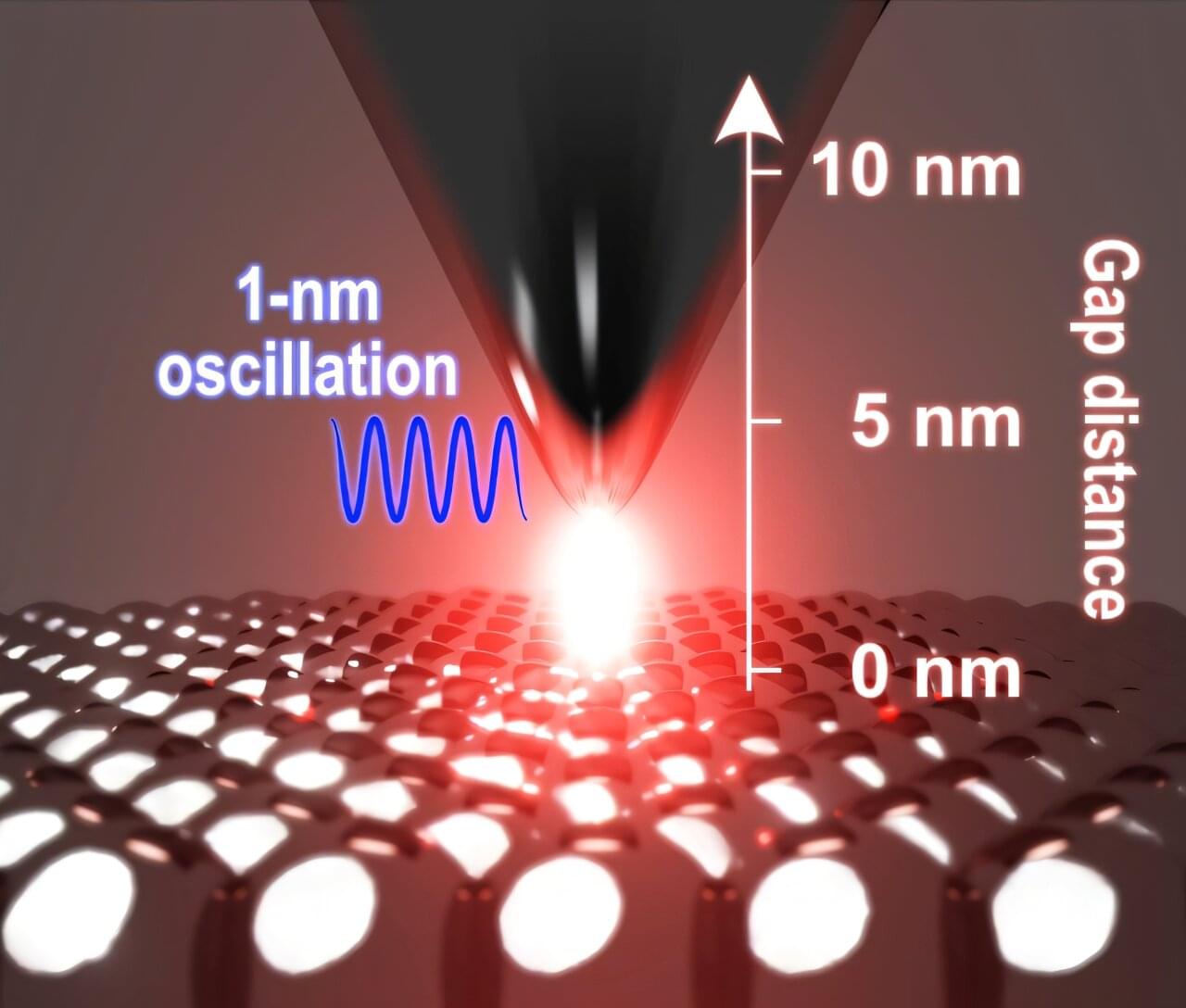A resonance effect can significantly affect how a three-atom molecule cools down when excited, RIKEN physicists have found. The study, published in Physical Review A, highlights the complexity of the relaxation dynamics of even simple molecules.
Small, energetic molecules in a vacuum—such as those in the upper atmosphere or interstellar space —can either break apart or cool down by releasing their energy through emitting light.
“The energy-dissipation mechanism of molecules via radiative cooling is crucial to understanding the stability of hot, excited molecules,” says Toshiyuki Azuma of the RIKEN Atomic, Molecular & Optical Physics Laboratory. “It’s essential in chemical reactions in dilute environments such as Earth’s upper atmosphere.”









